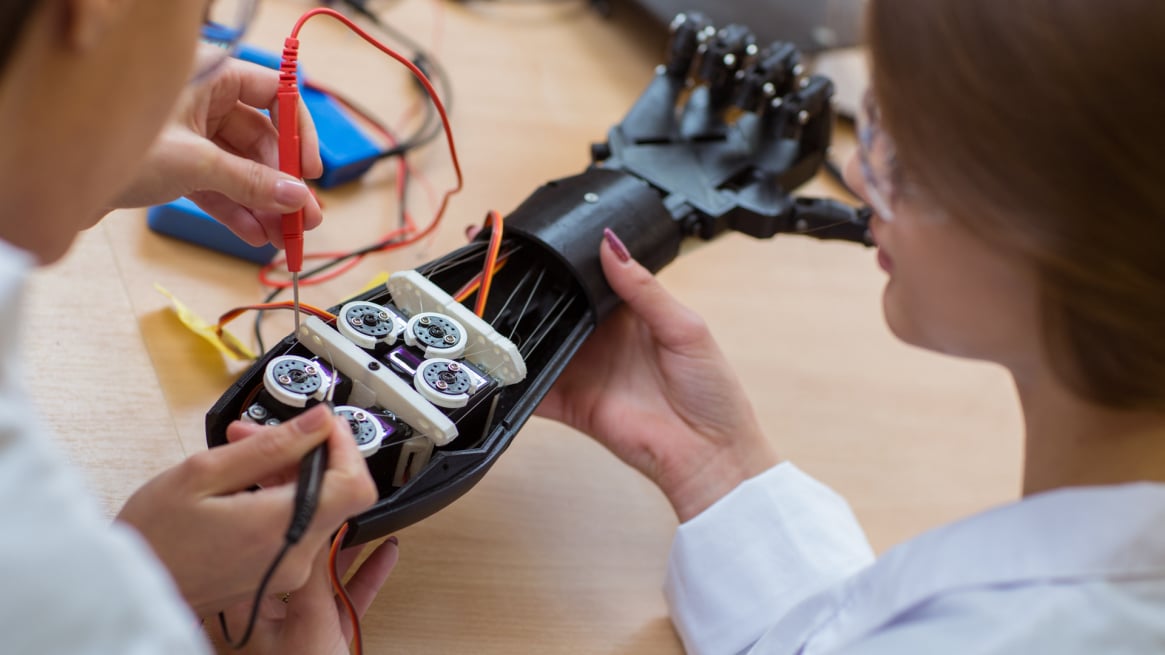Conduct Market Research
When starting out as an inventor, you should conduct thorough market research to understand the demand for your invention idea. By analyzing the market, you can identify potential competitors, assess consumer needs, and determine the feasibility of your invention.
Market research allows you to gather valuable insights that can guide your innovation process and help you make informed decisions. Understanding the market landscape will also enable you to position your invention effectively, identify target customers, and tailor your product to meet their specific requirements.
Conducting comprehensive market research can give you a competitive edge, increase the chances of your invention's success, and minimize risks associated with bringing a new product to the market.
Protect Your Invention
To safeguard your invention, secure a patent. This legal protection gives you exclusive rights to your invention, preventing others from making, using, or selling it without your permission.
Conduct a thorough patent search to ensure your idea is unique and hasn't been patented before. Consider consulting a patent attorney to guide you through the application process and help you draft a strong patent application.
Additionally, keep detailed records of your invention process, including dates, sketches, and prototypes, to establish your ownership in case of any disputes.
Remember to also consider other forms of intellectual property protection, such as trademarks for branding elements and copyrights for creative works related to your invention.
Build a Prototype
Wondering how you can bring your invention idea to life and showcase its functionality? Building a prototype is a crucial step in the invention process.
By creating a physical representation of your idea, you can test its functionality, demonstrate its features, and attract potential investors or partners. Start by sketching out your design and then move on to creating a basic prototype using inexpensive materials. This initial prototype doesn't have to be perfect but should give a clear idea of how your invention will work.
As you refine your concept, consider investing in a more advanced prototype to showcase its full potential. Remember, a well-built prototype can significantly enhance your chances of success in the invention industry.
Create a Business Plan
To successfully launch your invention idea, you need to develop a solid business plan. A business plan outlines your product, target market, competition, marketing strategies, and financial projections.
Start by defining your unique selling proposition and identifying your target customers. Research your market and competitors to understand where your invention fits in.
Your business plan should also detail how you'll fund your venture and generate revenue. Investors and partners will want to see a well-thought-out plan before committing to your idea.
Be realistic in your projections and adaptable to changes in the market. A comprehensive business plan can guide you through the process of bringing your invention to market successfully.
Seek Professional Help
Once you have created a solid business plan outlining your product, target market, and financial projections, you can move forward by seeking professional help to further develop and protect your invention idea.
Consider hiring a patent attorney who can assist you in navigating the complex process of obtaining a patent for your invention. Additionally, a product design firm can help you refine your idea and create detailed prototypes to showcase its functionality.
Working with a marketing consultant can also be beneficial in strategizing how to introduce your product to the market successfully. These professionals bring expertise to the table, helping you avoid common pitfalls and ensuring that your invention has the best chance of success.

